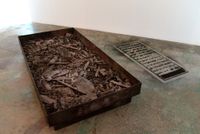
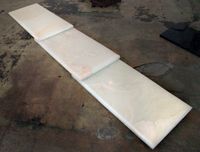

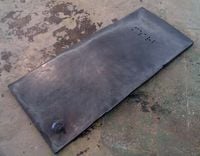
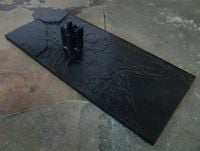
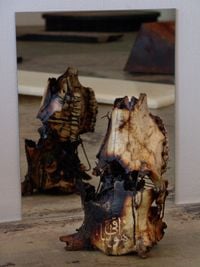
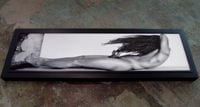
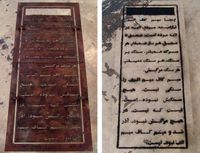
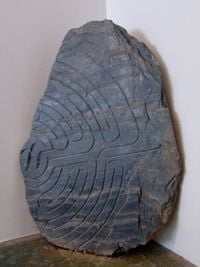
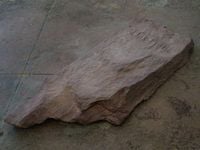
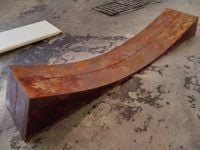
Thomas Erben is excited to present Curriculum Mortis, a sculptural installation of a cemetery, by Iranian multimedia artist Barbad Golshiri, his second solo exhibition with the gallery after Nothing Is Left to Tell in 2010. As one of the most prominent figures on the Iranian contemporary scene, over the past ten years Golshiri has produced aesthetically and conceptually provocative art, in an impressive balancing act between political urgency and repressive conditions. The exhibition is organised in collaboration with Aaran Gallery, Tehran.
'The only relationship between many of my colleagues and the government is censorship,' Golshiri comments in a correspondence from 2012.1 In this dynamic, the human body becomes the battlefield, a contested area constantly renegotiated and compromised, which the artist, in his previous performance work, expressed through the immediacy of physical acts–ingesting, cutting, masturbating.
Considering the urgent presence of the body, with all its most primal and visceral functions, death has played an important if understated part throughout Golshiri's art. In Curriculum Mortis, it becomes the main theme through which all other aspects are filtered, as physical bodies are replaced with tombstones, turning the gallery into a graveyard. How do we deal with the loss of those close to us, when they are killed under unclear circumstances, in a society where no authority can be trusted? Golshiri approaches each death individually, creating grave markers so closely attuned as to become physical manifestations of the people they commemorate. Tombstone for Borges' Assassinated Translator, for example, incorporates engravings referring to the stories translated by Ahmad Mir-Alaei, a well-known writer who disappeared and was later found dead, allegedly from cardiac arrest. By creating these tombstones, Golshiri gives voice to those whose words have forcibly been taken from us, and gives them a renewed physical presence in the world, refusing to forget. Not all graves commemorate victims of oppression; as is true for Golshiri's production as a whole, this series of tombs reverberate with subtext, and the artist's own personal history is as deeply entwined in the work as the histories of the dead. There is the grave of Samuel Beckett, whom Golshiri has translated into Persian; a stone with the epitaph '[There is] no God'; a Tombstone of Jan van Eyck; and finally Golshiri's own tombstone. Walking through this makeshift graveyard, we are moving through a mindscape of the artist; each grave presents a portal into worlds beyond the present one, where transformation is possible and all can–finally–be different.
Press release courtesy Thomas Erben Gallery.
526 West 26th Street
Floor 4
New York, 10001
United States
www.thomaserben.com
+1 212 645 8701
Tuesday – Saturday
10am – 6pm